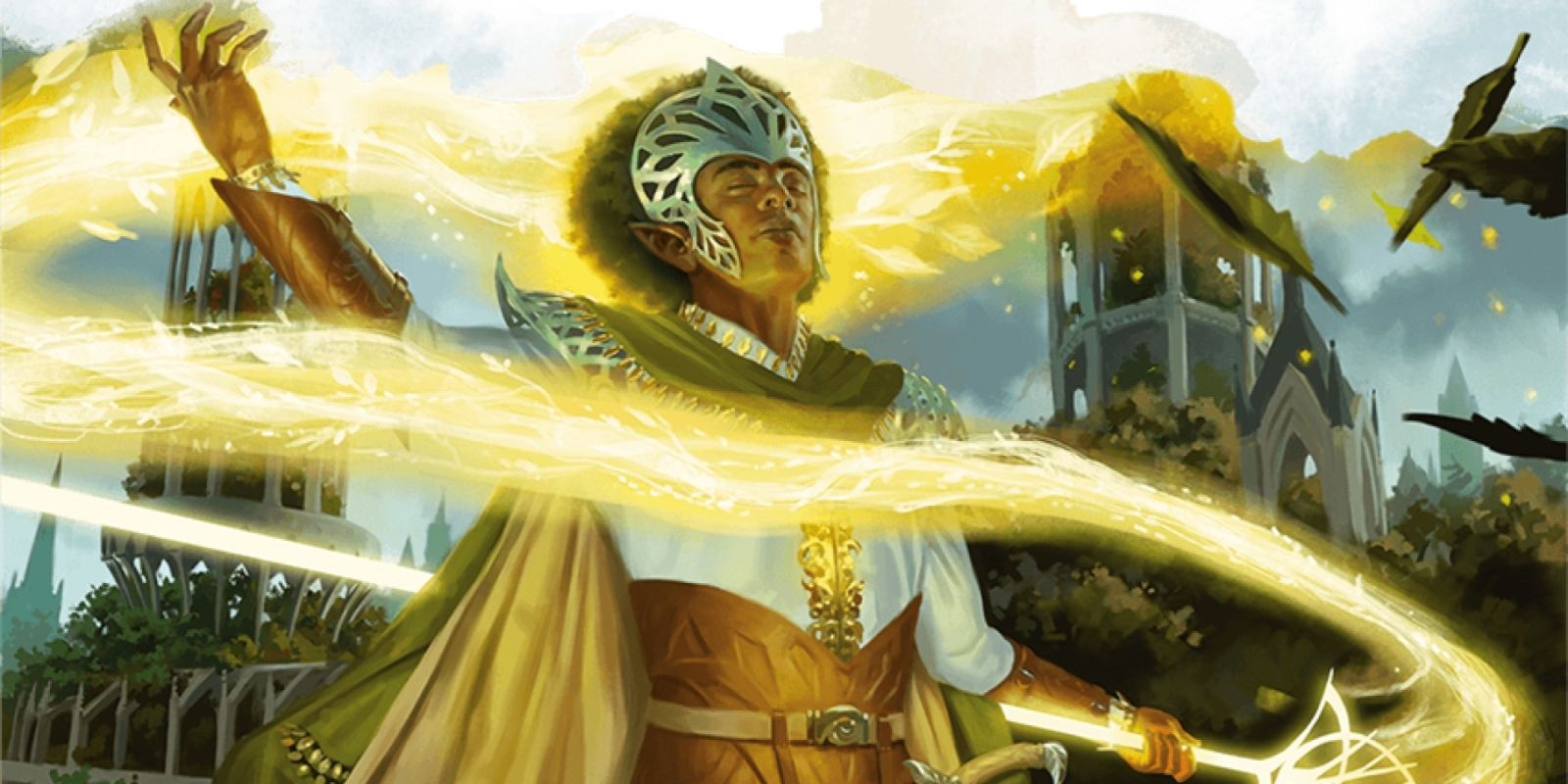
Players in Dungeons & Dragons Fifth Edition can opt to give their characters a feat every fourth level, in place of the traditional +2 ability score increase. While an optional rule, feats are a great way to flesh out different character builds, offering specialization beyond the simple race/class/subclass combo. But with dozens of different feats available between the Player's Handbook, Xanathar's Guide to Everything and Tasha's Cauldron of Everything, it can be difficult to know feats to pick.
A Cleric can gain a huge bonus from a feat that makes them tougher in combat, but is unlikely to get much use out of a bonus to Stealth checks. Here are a few feats that will help players looking to build a Cleric.

Clerics are one of D&D's primary spellcasters, and the one most likely to find themselves in the thick of battle. 5e makes a few specific allowances for this, giving some Cleric subclasses proficiency with shields, heavy armor and martial weapons. However, a Cleric whose hands are filled will find themselves unable to form somatic components for their spells, or even hold an arcane focus. This severely limits the range of spells available to them -- unless gain the War Caster feat.
War Caster allows a character to form somatic components even when holding a weapon and a shield. It also gives advantage on Constitution saving throws made to maintain concentration, which is just as important when a character is wading through swathes of enemies.
Any spell that requires concentration provokes a saving throw when the character concentrating on it takes damage. This can be difficult for Clerics, since they're not naturally proficient in Constitution saves. Clerics have access to several powerful spells that require concentration, including Bless, Spirit Guardians, and Hold Person. But they're of little use if they're dispelled the second a Cleric takes damage.

While Clerics are expected to be a party's primary healer, they can find themselves running out of spell slots rather quickly. Healer mitigates this by letting characters make use of the healer's kit. Available for five gold pieces, the healer's kit is a charge-based nonmagical item that stabilizes downed allies without the need for a Medicine check.
This is already a huge boon, effectively taking the place of the Spare the Dying cantrip, but the healer's kit is even better, as it bring the character to one hit point instead of simply stabilizing them. That's a big difference in 5e's action economy. Downed characters can't do anything to pitch in during the fight, even when stabilized, but a character with 1 HP can turn the tide of battle by making careful use of their abilities.
Clerics with Healer feat can also pull a sneaky trick by exploiting the game's "readied action" option. Characters can spend their turn preparing to take an action, then spend their reaction carrying through their plan at a specific trigger. By readying their use of the healer's kit to only happen after a character drops, Clerics can act out-of-turn and bring an ally back up just in time for them to take their turn.

Healing is already a difficult job, and it's made harder when enemies strategically choose to attack the healer first. A party with only a single Cleric capable of healing can find themselves in total-party-kill territory if that character drops first. To avoid this, it's a good idea to make sure Clerics are as tough as possible.
Fifth Edition makes this a little easier by giving some Cleric subclasses access to heavy armor and shields, but that isn't always enough to keep a character on their feet. Heavy Armor Master boosts a character's ability to resist damage even further. The feat's primary benefit is Damage Reduction. Any time a character with Heavy Armor Master would take bludgeoning, piercing or slashing damage, they take three less damage instead.
This is hugely useful at lower levels, especially when dealing with multiple attackers, as the damage reduction is applied to each attack separately. Unfortunately, this only works against attacks from nonmagical weapons, making it a bit less relevant at higher levels. Still, it comes with a +1 to Strength, which is plenty helpful for Clerics who need to get their hands dirty and dispatch some foes.
0 Comments